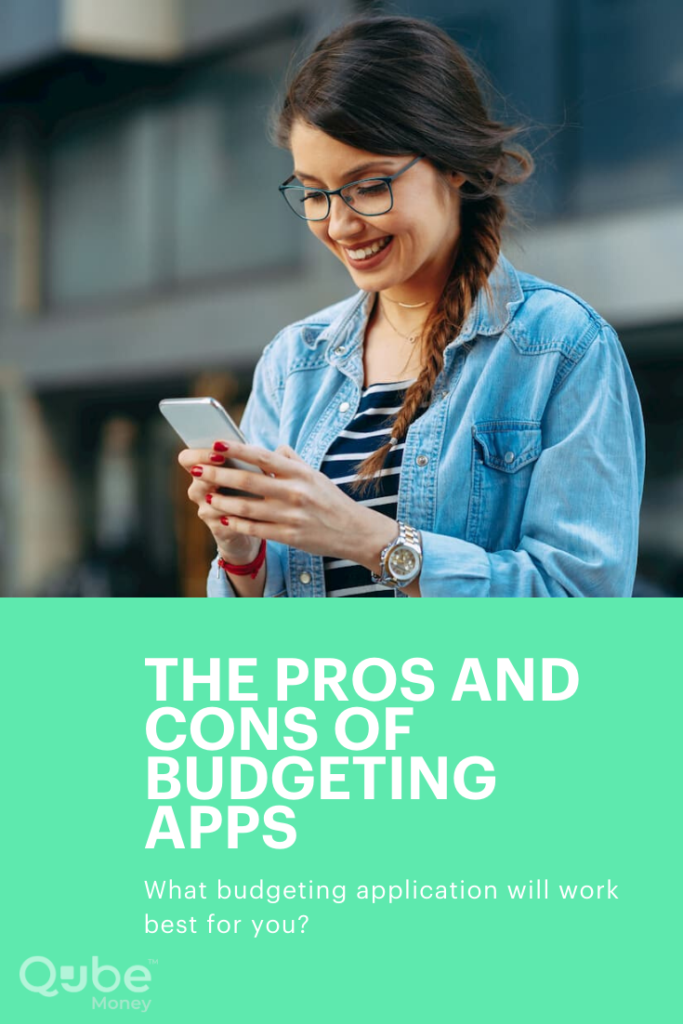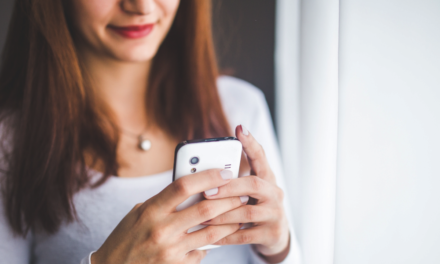With hundreds to choose from, how do you find the best budgeting method for you? If you want to find the best budgeting app or system, you need to understand the philosophy and technology behind how they work. But this can be a daunting prospect: downloading and testing them all would take forever!
Fortunately, the hundreds of budgeting systems can be boiled down to four basic types:
- Aggregators
- Manual entry
- Cash envelopes
- Budgeting tools offered by banks
1. Aggregators
Aggregators connect to your financial institutions and pull in your transaction history and other information. This information is displayed to you on an intuitive dashboard. Viewing this information all in one place will then allow you to understand and translate your spending habits. And depending on the aggregator’s sophistication, this information will often be automatically categorized.
Pros
Data aggregator budgeting apps automatically track your transactions and can help you understand your spending trends.
Cons
One downside to aggregators is that they only show information after the purchase is made. As a result, they don’t effectively change behavior.
Aggregators can also take days to show transactions, and connecting to your bank can be a pain. Some may even require you to repeatedly re-authenticate.
In addition, every Mint user knows the frustration of a “mismatch,” especially at stores like Wal-Mart.
And because of the number of uncategorized transactions, these apps require constant maintenance.
Bottom Line
Because aggregators require so much maintenance, it’s easy to fall behind, become overwhelmed, and fail to budget.
Examples
- LearnVest
- Betterment
- Personal Capital
- EveryDollar Plus
- YNAB
- Mvelopes
- Albert
- Mint
2. Manual Entry
Balancing a checkbook or keeping a manual spending ledger has been done for hundreds of years.
Although historically people have used a paper checkbook or ledger, today you can use a spreadsheet, financial software (like Quickbooks), or an app.
Pros
The best part of manual entry budgeting is that it keeps you “in” your money. Entering transactions manually keeps you painfully aware of your spending habits.
Cons
While it does keep you aware of the details, manual entry requires a lot of time and organization. It’s also prone to human error, and can be time-consuming and inconvenient.
Not only that, but a manual entry budget is usually kept by just one person. This can make it difficult if only one person understands and controls the finances of a household.
It’s no wonder, then, that manual budgeting becomes a hassle.
Bottom Line
Manual entry creates money awareness. However, it can be error-prone, time-consuming, tedious, and inconvenient.
Examples
- Excel spreadsheets
- YNAB
- GoodBudget
- EveryDollar Basic
- Checkbook
- Sticky notes
- Special wallets with inserts and pen holders. Search “budgeting” on Pinterest and you’ll find all sorts of ideas
3. Cash Envelopes
Cash envelope budgeting is done by organizing cash in envelopes to manage spending.
To follow this method of budgeting, you label envelopes to represent your budget categories (food, fuel, dining out, home repairs, etc). Next, withdraw cash from your bank to fund your budget using zero-based budgeting (aka giving every dollar a job).
To spend, you decide what category you’ll use to fund a transaction.
Before spending, you’ll have no choice but to check the balance of your spending envelope. Because of this constant check in, your budget then becomes “real” and when your money is gone, it’s gone.
Pros
A big pro of cash envelope budgeting is that it requires you to think before you spend, which will improve your spending behavior automatically.
Also, envelopes make organizing money simple. And spending money directly from your budget naturally creates effective, real-time awareness of the limits of your budget.
Cash envelope budgeting has also been proven to support healthy money behaviors.
Cons
Unfortunately, using a cash-based system in a cashless world is difficult. There are a few reasons for this.
Firstly, cash envelope budgeting does not make online purchases easy. And the convenience of using a card will only increase this non-cash spending behavior for all of us.
Also (and this is a big one), regular trips to the bank and ATM are inconvenient, and counting money is tedious—especially when you are waiting in a checkout line.
Lastly, using cash envelopes opens you up to theft, which can cause anxiety.
Related: 11 Disadvantages of Cash
Bottom Line
The cash envelope system is effective, but living a cash-based life in today’s world takes Navy Seal-like discipline.
Examples
- Dave Ramsey
- The Budget Mom
- Etsy designer cash envelope wallets
- Mvelopes
- GoodBudget
4. Banks That Offer Budgeting Tools
Many banks offer budgeting tools, but it’s not the bank’s primary business.
Banks don’t provide the best budgeting apps because banks don’t focus time and effort on improving the features of these apps. Banks generate income by providing financial products and services, not by helping their customers budget their money.
And since the use of these apps don’t make an impact on their bottom line, banks are reluctant to invest energy or resources into improving them.
Pros
There are some good things about using the budgeting software or app provided by your bank.
Using built-in budgeting software from your bank is easily accessible. And since you’re already a customer, you don’t need to open a new account to start using the budgeting tools.
Cons
One downside of using your bank’s budgeting software is that it’s rarely user friendly. Again, banks are not invested in providing you the best budgeting experience, since providing that experience would have no effect on their bottom line.
And most banks’ budgeting software doesn’t show you the full picture of your finances at all your institutions. It only shows the spending you do at that bank.
The limitations of a bank’s budgeting software, then, make it clear why aggregation-type apps have become a popular option. Since aggregators pull information from various sources, your full financial picture is much more clear.
Bottom Line
Budgeting software created by banks is often hard to use.
And, since budgeting tools are not a moneymaking offering for financial institutions, it’s rarely a focus of their business model.
Examples
- Simple (reportedly shutting down)
- Wells Fargo
- Chase
- Chime
- Varo
The Best Budgeting App
Between aggregators, manual entry, cash envelopes, and banks that offer budgeting tools, there’s no end to the number of budgeting apps you could get started with today.
Our hope in writing this has been to give you an overview of the different types of budgeting systems and to help you pick one that’s right for you.
Lastly, now that you understand the four basic types of budget systems, which is the best budgeting app or system for you?
Bonus: How We’re Creating A New Budget App Category
Current budgeting apps on the market today have limitations; the biggest being that none of them change spending behavior.
We’re creating a new category that combines budgeting and banking. The budgeting system is the core feature and the bank supports it.
We called it Budget Based Banking.
To learn more, visit qubemoney.com.
Related: Why Qube Money is the best banking/budgeting app!





![Everything You Need to Know About the Cash Envelope System [+ Sample Budget]](https://blog.qubemoney.com/wp-content/uploads/2020/01/1-20-20-the-cash-envelope-system-blog2-440x264.png)

